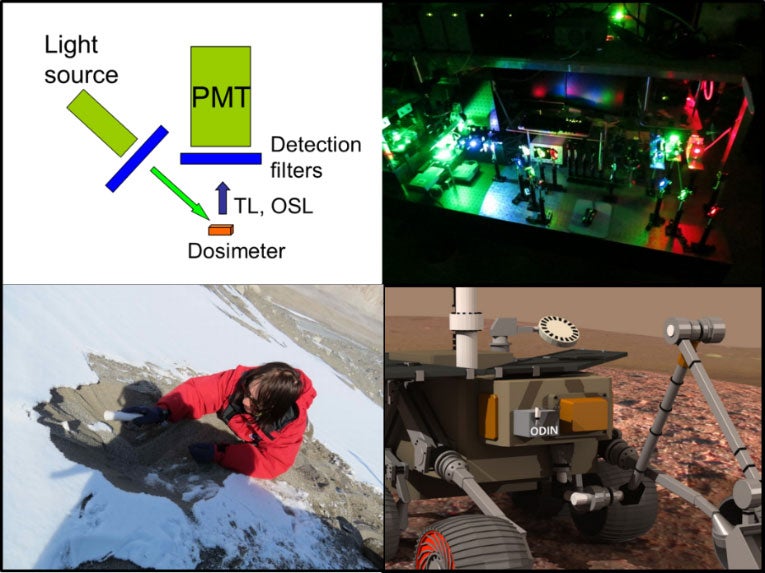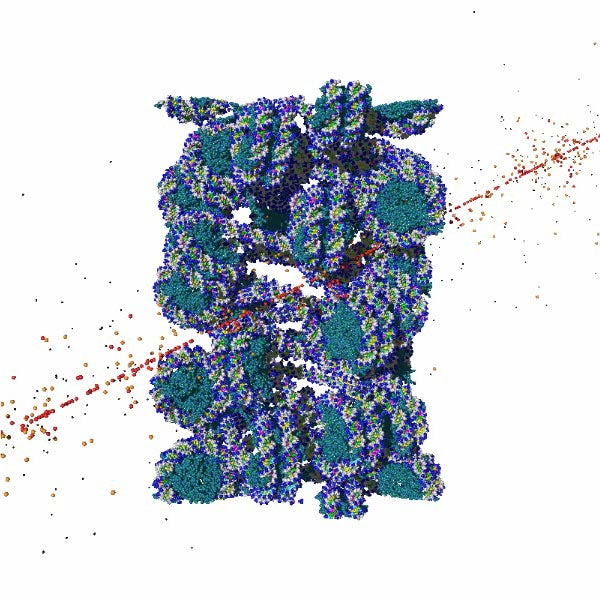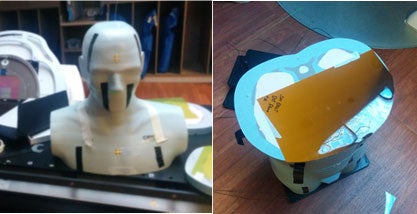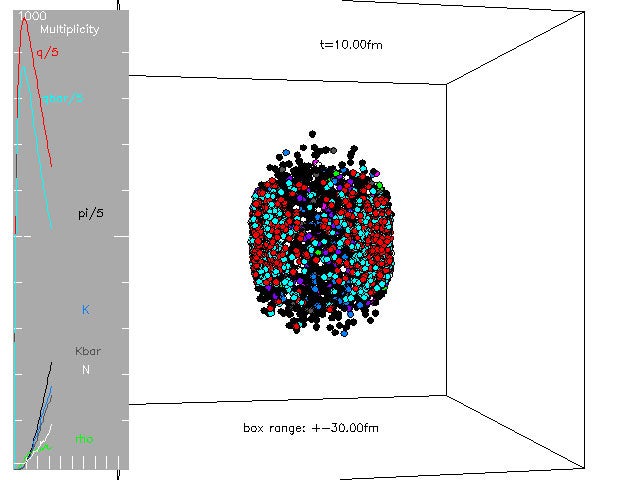Radiation, Medical and Health Physics
Dr. Regina DeWitt uses thermally (TL) and optically stimulated luminescence (OSL) to study radiation in the environment. Dr. DeWitt’s group works in a variety of research areas that include environmental, medical, and planetary/space applications. The group also investigates the properties of new materials and develops novel luminescence instrumentation. Moreover, a setup at the ECU Accelerator Laboratory is used to learn more about the basic physical processes of luminescence. Her group develops new techniques for accident dosimetry that enable a rapid response in the case of radiation emergencies. Additionally, they use TL and OSL to better understand the radiation environment in sediment and permafrost, or other extreme environments where microbial life may be found. Dr. DeWitt’s TL/OSL Laboratory accepts samples for sediment dating as part of ongoing projects (both undergraduate and graduate) at field sites in Antarctica, the Outer Banks in North Carolina, and other locations.

The principle of luminescence (top left) along with a variety of projects from Dr. DeWitt’s lab.

Dr. Jae Jung is focused on the inventive field of medical and health physics. His research group uses a variety of techniques that include Monte Carlo simulation, advanced imaging and dosimetry, and radiation risk analysis to understand how radiation affects humans. Projects involve four-dimensional dose reconstruction during radiotherapy, secondary cancer risk assessment after radiation treatment, heart structure modeling, tumor tracking in Cyberknife, and microsphere brachytherapy. His laboratory houses primarily graduate-level projects; numerous students have presented their research with Dr. Jung at local meetings, international conferences, and in peer-reviewed journals.

The measurement of absorbed dose profiles using an anthropomorphic phantom at a medical-grade linear accelerator is part of Dr. Jung’s work.

The collision of two gold nuclei at high energy as calculated from A Multi-Phase Transport (AMPT) model. The length of the box is 60 fm (6×10−14 m), while time covers the first 30 fm/c (1×10−22 s) of the collision.
Dr. Zi-Wei Lin performs research in theoretical and computational physics. His interests include
- high-energy heavy ion physics and the development of Monte Carlo transport models,
- radiation physics and space radiation protection, and
- medical physics in pseudo-CT methods for MRI-only radiotherapy.
These projects involve undergraduate and graduate students, postdoctoral researchers, as well as visiting students and professors.